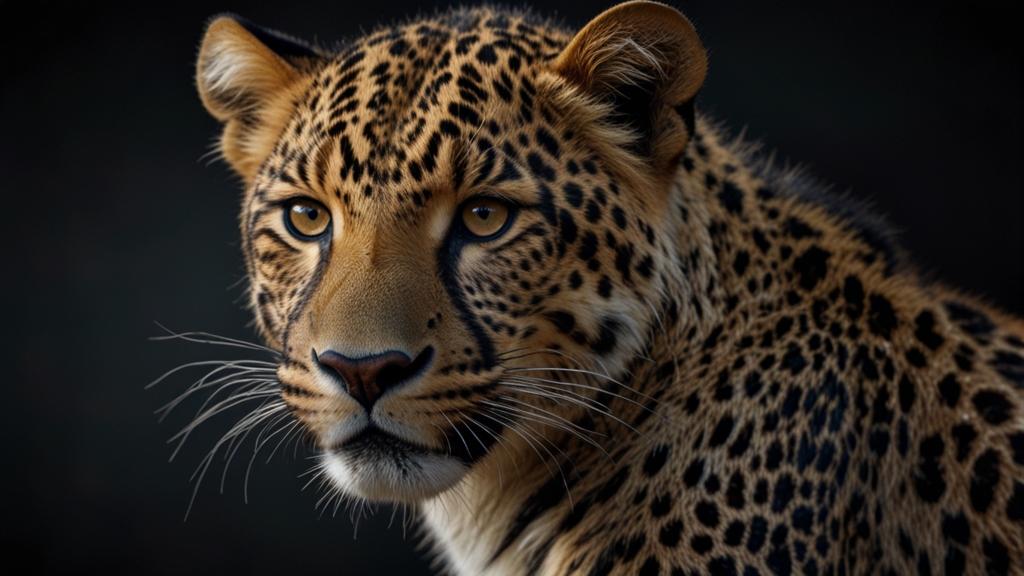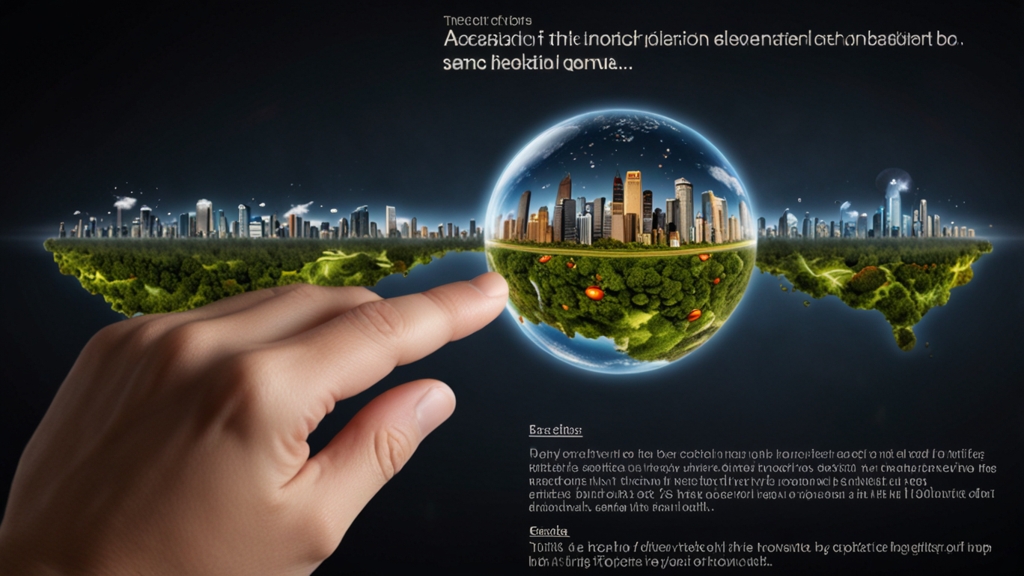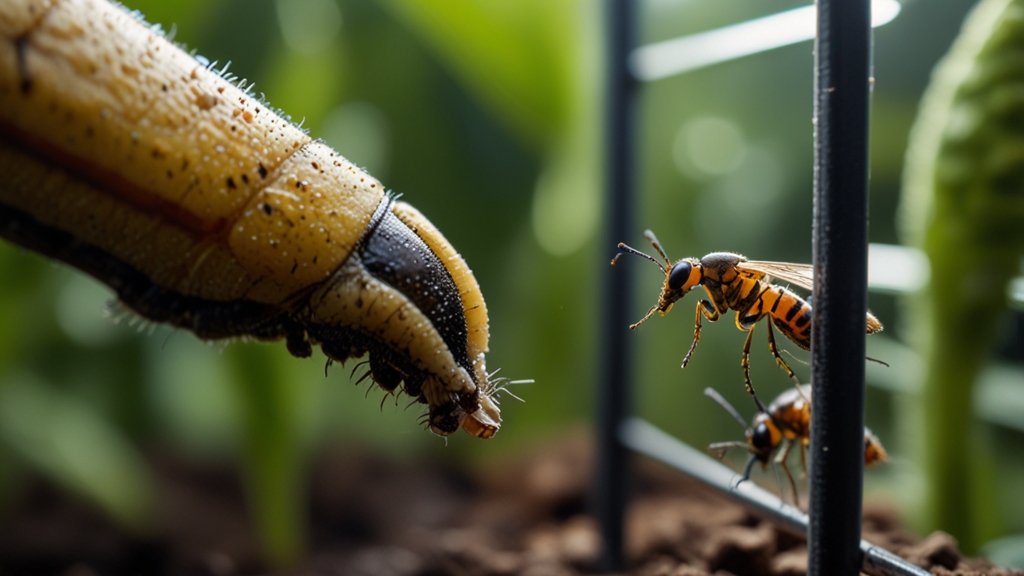The Mammal Renaissance: A New Era for Earth's Most Beloved Species
The natural world is undergoing an unprecedented shift, one that experts are beginning to term "The Mammal Renaissance." As the name suggests, this new era marks a revival and profound transformation in the lives and habitats of some of Earth's most beloved species. By delving into recent advancements in conservation, genetic research, and ecosystem restoration, we can explore how these remarkable changes are shaping the future for mammals worldwide.
Conservation Efforts Reach New Heights
Conservation has always been a vital component in protecting endangered species, but recent years have witnessed a renaissance in how these initiatives are designed and implemented. Organizations globally are collaborating like never before, employing advanced technologies such as satellite monitoring, drones, and AI-driven data analysis to track and protect populations.
Conservation initiatives are utilizing cutting-edge technology to safeguard critical habitats and monitor species in real-time. This tech-driven approach not only enhances our ability to conserve but also enables more effective and timely responses to emerging threats.
One of the most notable success stories is the resurgence of the African elephant population in parts of Kenya and Botswana. Concerted efforts, including anti-poaching patrols, community engagement programs, and trans-national wildlife corridors, have seen these gentle giants bounce back from the brink of extinction.
Genetic Research and Biotechnology: A New Frontier
The field of genetics is opening new avenues for mammal conservation and study. Advances in CRISPR and other gene-editing technologies have allowed scientists to not only study the genetic makeup of species in unprecedented detail but also to actively intervene in preserving them.
Genetic research has become a cornerstone of modern conservation, enabling interventions that range from gene banking and cloning to the reintroduction of genetic diversity in fragmented populations.
For instance, efforts are underway to use genetic material to resurrect elements of the woolly mammoth, an extinct relative of the modern elephant. While this work is still in its infancy, it offers a tantalizing glimpse into how genetic science could transform conservation strategies, potentially bringing back lost species or revitalizing existing ones.
Ecosystem Restoration and Rewilding
Restoring natural habitats is another crucial pillar of the Mammal Renaissance. The rewilding movement aims to restore large-scale ecosystems to their natural states, asking not what species we can accommodate in human-dominated landscapes, but how we can recreate spaces where mammals can thrive uninhibited.
Projects like the Oostvaardersplassen reserve in the Netherlands have demonstrated the potential for rewilding efforts to create thriving, balanced ecosystems. Here, species such as deer, wild horses, and cattle roam freely in a setting that mimics their natural environment, contributing to a resurgence in biodiversity and ecological health.
Community Involvement and Education
Perhaps the most heartening aspect of the Mammal Renaissance is the role of local communities and educational initiatives. Engaging people directly affected by conservation efforts has proven to be an essential component of successful programs. From ranger training in African parks to citizen science projects that involve public participation, the human element is pivotal.
Local community involvement has transformed both the perception and reality of conservation, turning preservation efforts from a niche concern into a global movement.
Educational programs have also taken significant strides. Schools and outreach programs around the world are enlightening the next generation about the importance of mammals and biodiversity. By instilling a sense of stewardship in young people, these initiatives are ensuring that the Mammal Renaissance is not just a moment in time, but a lasting movement.
Conclusion: A Promising Future
The Mammal Renaissance is a hopeful testament to what concerted human effort, empowered by science and technology, can achieve. As we look to the future, the successes already realized in conservation, genetic research, ecosystem restoration, and community engagement offer a roadmap for continued progress. By fostering a global environment where mammals – and indeed all of nature – can prosper, we pave the way for a resilient and vibrant planet.
In this new era, the harmony between human advancement and natural preservation is not just an ideal but becoming a lived reality. The Mammal Renaissance, therefore, stands as a beacon of hope and an invitation to redouble our efforts for the beloved species that share our world.







